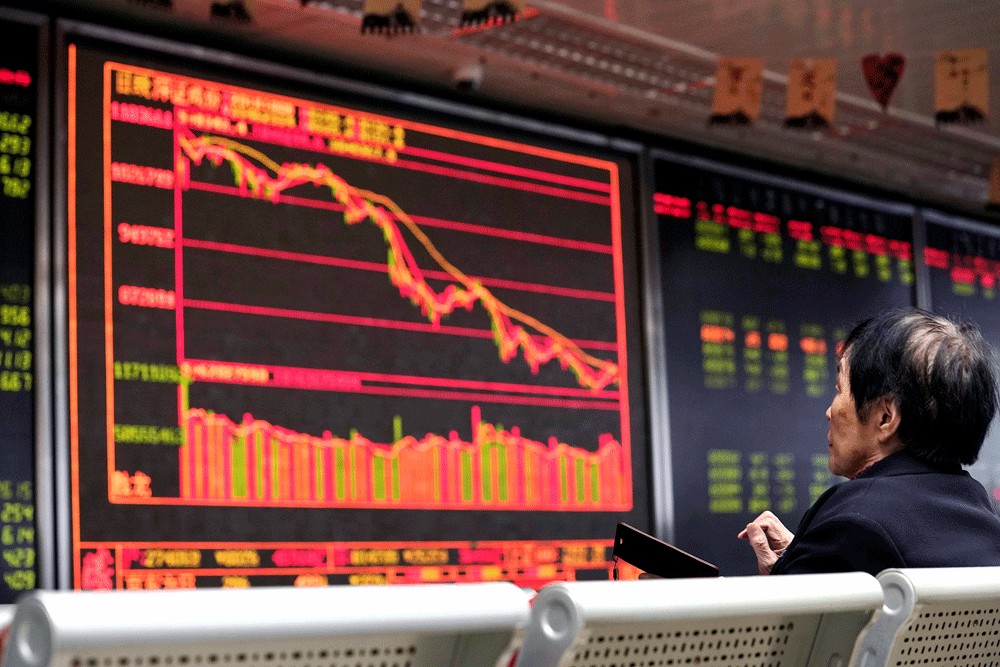
SINGAPORE — Hong Kong stocks fell as Asia-Pacific markets were mixed on Monday ahead of Australia and Malaysia central bank decisions this week.
The Hang Seng index was closed on Friday and slipped as much as 1.8% in early trade on Monday. It was last down 0.74%, while the Hang Seng Tech index declined 0.18%.
Mainland China stocks were mixed, with the Shanghai Composite losing 0.1% and the Shenzhen Component gaining 0.4%.
Exchange-traded funds will be included in the stock connect scheme that links Hong Kong and mainland China from Monday.
South Korea’s Kospi struggled for direction and was last down 0.25%, while the Kosdaq shed 0.81%.
Japan and Australia markets were higher. The Nikkei 225 in Japan pared earlier gains to trade 0.69% higher, while the Topix index climbed 1.1%.
Over in Australia, the S&P/ASX 200 advanced 1.36%.
MSCI’s broadest index of Asia-Pacific shares outside Japan traded 0.13% higher.
Dan Fineman, co-head of Asia-Pacific equity strategy at Credit Suisse, said markets appear to have adequately priced in the amount of Fed hikes that are to come, but that the “very high risk of recession” means markets are unlikely to rally.
“I think that the worst is behind us. We probably will be bumping along the bottom, maybe a bit more downside from here, but I think the difficulties of the first half will not be repeated on the same scale in the second half,” he told CNBC’s “Street Signs Asia” on Monday.
In company news, Chinese property developer Shimao missed the interest and principal payment of a $1 billion offshore bond. Other real estate companies have also missed interest payments or defaulted on their debt.
The U.S. market is closed for a holiday Monday.
Looking ahead, results from a private survey on China’s services activity is due later this week, along with South Korean inflation data and several central bank decisions.
Last week, on the first day of the second half of the year, European stocks closed mixed, while markets stateside rallied. The first half of 2022 was marked by concern over inflation, rising interest rates and recession.
Currencies and oil
The U.S. dollar index, which tracks the greenback against a basket of its peers, was at 105.082.
“The possibility of 75bp hikes at its June and July meetings is keeping the USD strong in the near term, but we maintain our core view that dollar strength will wane later in the year,” Richard Yetsenga, chief economist at ANZ, wrote in a Monday note.
The Japanese yen traded at 135.04 per dollar, strengthening from levels as weak as 137 per dollar last week. The Australian dollar was at $0.68 after recovering from below $0.679 recently.
Oil futures fell in Asia’s morning trade. U.S. crude futures shed 0.35% to $108.05 per barrel, while Brent crude futures slipped 0.34% to $111.25.





























